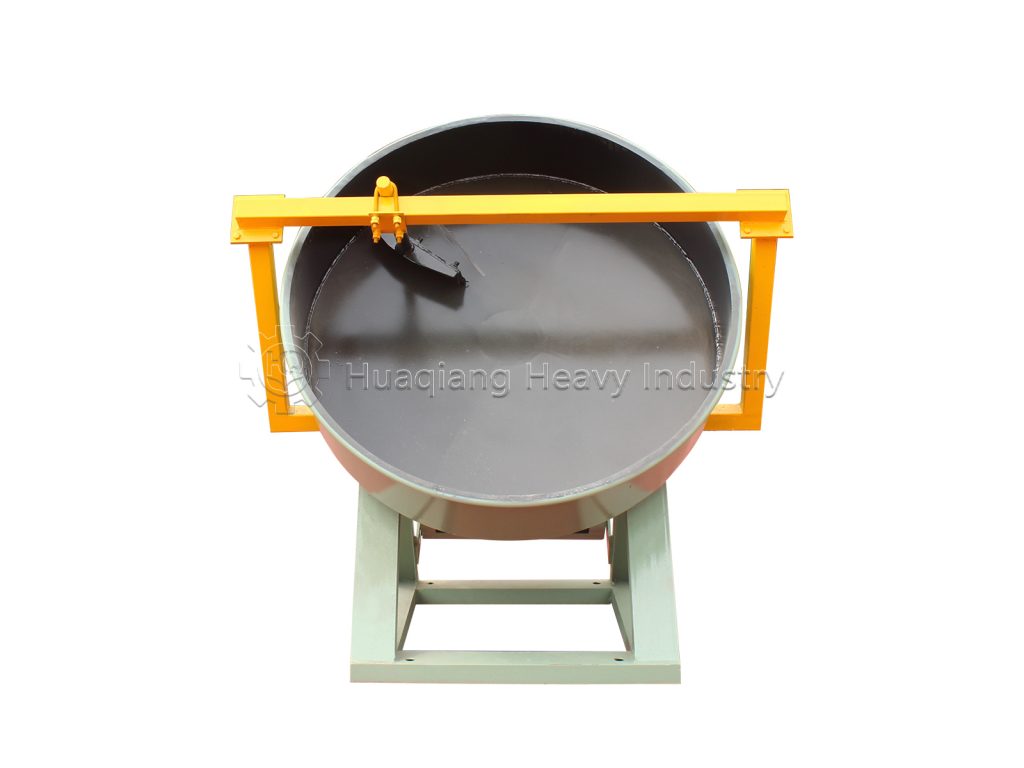As a key piece of equipment in fertilizer production lines, the disc granulator, with its efficient and stable granulation capabilities, has become a core device for granular material production. Its granulation process follows the scientific logic of “agglomeration – growth – shaping,” achieving precise conversion of raw materials into granules through precise control.

The first step in granulation is raw material pretreatment. Powdered raw materials (such as fertilizer raw materials) are mixed with an appropriate amount of binder (water, starch solution, etc.) to form a wet material with a moisture content of 15%-25%. The mixed wet material is evenly transported by a conveyor belt to the inclined granulation disc. The disc’s tilt angle is typically controlled between 35° and 55°, a value proven through numerous experiments to balance material tumbling efficiency and pellet residence time.
In the core granulation stage, the disc rotates at a constant speed of 10-20 rpm. Under the combined effects of centrifugal force, gravity, and friction, the wet material spirals upward along the inner wall of the disc. During the rotation, the fine powder continuously absorbs surrounding materials, gradually forming small particles with a diameter of 1-3 mm, known as “master particles.” As the disc continues to rotate, the master particles continuously “engulf” the surrounding powder through collision and compression, growing larger like a snowball. The operator monitors the particle size in real time through an observation window. When the particle diameter reaches the target value of 3-8 mm, the disc’s tilt angle and rotational force are used to automatically cause mature particles to overflow from the disc edge, completing the initial granulation process.
The overflowing particles are not immediately finished products; they undergo subsequent optimization steps. The overflowing wet particles first enter a dryer to remove moisture in a hot air environment of 80-120°C. They are then screened by a sieving machine to separate the broken particles from the larger particles that do not meet the particle size requirements. The broken particles are then returned to the raw material system for re-granulation.
The disc speed, tilt angle, and material moisture content are three key parameters throughout the granulation process. Too fast a rotation speed can easily lead to particle breakage, while too slow a rotation speed results in low granulation efficiency. Too large an angle can cause premature overflow, while too small a rotation angle can result in excessive retention time. By precisely controlling these parameters, the disc granulator can achieve a granulation success rate of over 90%, providing an efficient and stable granule forming solution for organic fertilizer production lines.